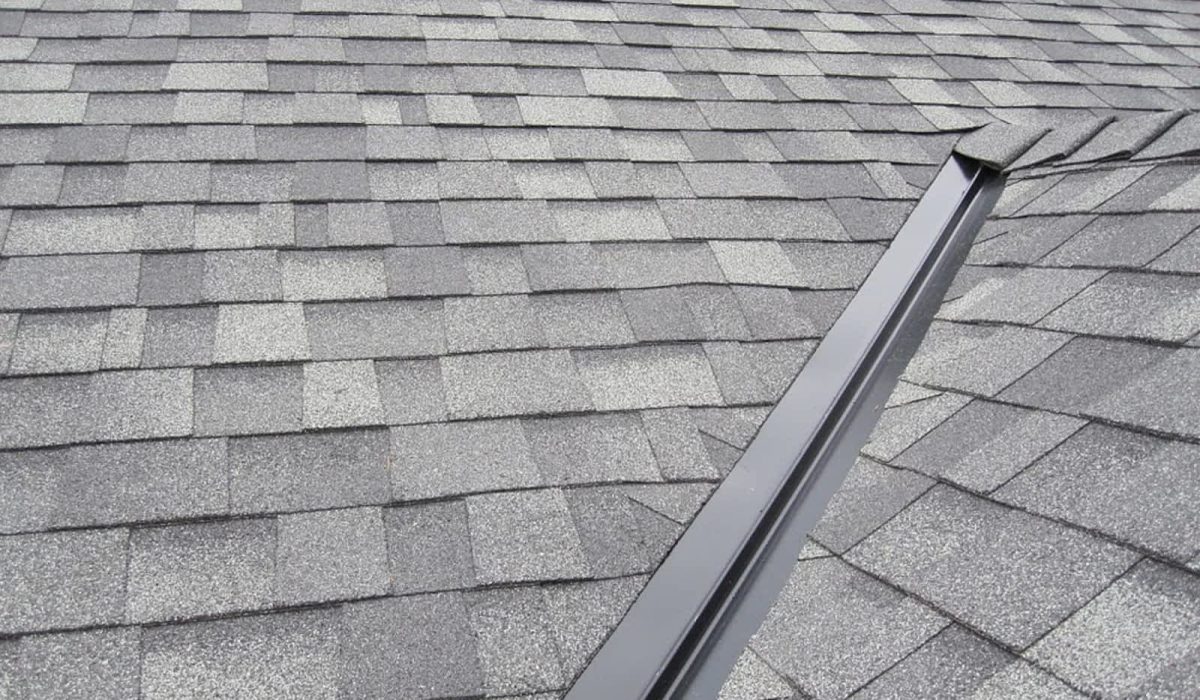Maintaining a structurally sound roof is a major component in keeping your home safe and sound. Replacing an entire roof can be expensive and complex. Therefore, staying on top of smaller roof repairs, including replacing roof flashing, can prevent the need to restore an entire roof down the road.
Roof flashing is typically thin pieces of sheet metal installed to stop water from penetrating into a structure from an angle/joint. Hence, flashing serves as the resistant barrier of the roofing system. Materials range from aluminum, copper, to stainless steel and other materials. The major purpose of flashing is to block water from seeping into places like a chimney, vent pipes, drains, skylights, and often in valleys where two roof slopes connect. Obviously, roof flashing is important in protecting your home from leaks, mold, and other weather damage.
When considering whether or not to replace flashing, consider the age and type of flashing.
Common Types of Flashing
- Drip Edge Flashing: Used either to protect the bottom/gutter edge or to protect the side or roof rakes. Drip edges guide water away from roof and fascia, and fasten to the roof deck underneath the felt. Recommendation: Replace if it’s not in new condition.
- Decorative Gutter Flashing: Naturally used for gutters. Recommendation: If décor, such as Christmas lights, are attached with spikes or screws, a new gutter apron can be placed on top and cut at the bottom edge to accommodate the spikes. It can also be overlaid with new flashing.
- Penetration Flashing: Specifically for vent pipes, such as heating and ventilation. This extends through the roof and comes with metal or rubber boot-type flashing. Recommendation: All the metal penetration and rubber boots should be replaced unless in like-new condition.
- Valley Flashing: Where two roof valleys intersect, removing the old flashing can be tricky since it depends on the type of material that was used. Recommendation: Due to the complexity of the location and material used, it should be replaced.
- Vertical Flashing: This occurs where the roof plane meets a vertical wall. It’s not always possible to remove the original flashing in these areas, particularly if the vertical wall is brick and the flashing was grouted into the joints. Recommendation: New flashing is still necessary, however, if it looks old, and can be cut away or pried up for replacement.
In most cases, it’s advisable to replace roof flashing since it can be difficult to judge the age of old flashing material. Given there are many areas of flashing in a roof, a knowledgeable roofer is also invaluable. Not only do they have experience with all types of flashing material, they also have the tools necessary to work with all types of material. Compared to replacing an entire roof, replacing roof flashing is cheap and relatively easy to do. Remember this important preventative care of your home and breathe easy.
Shoreline Roofing & Exteriors can help you with all your roofing and flashing repairs and installation in Victoria BC.

